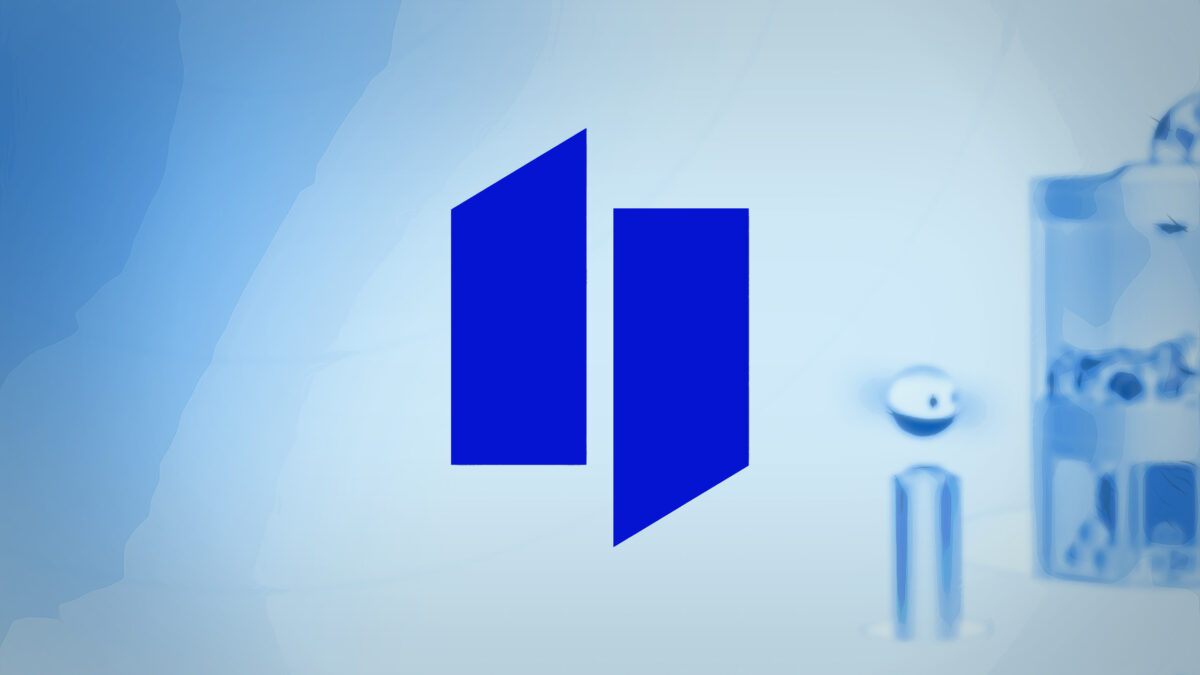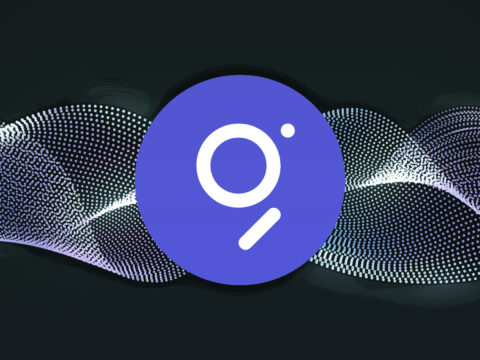
Idle is a decentralized finance project (DeFi) that was created to bring digital asset allocation solutions and yield farming options empowered by utilizing various third-party protocols.
IDLE tokens play a major role in governance, and the project allows users to access an automated algorithmic system to optimize and rebalance their strategy without having to switch from one protocol to another manually.
Thanks to that, investors can save time, money, and effort while still maximizing profitability as well as cutting potential losses on multiple lending protocols.
Idle was founded in 2019 by a team of crypto enthusiasts, including Matteo Pandolfi, William Bergamo, and Samuele Cester. Besides Idle, all of the founders also work on several other DEX projects, which gives them a deep background in DeFi lending protocols.
So far, Idle has successfully connected with a couple of well-known lending protocols such as Compound, Aave, dYdX, and DRS. Supported coins include DAI, USDC, and USDT.
Idle went through complete audit rounds by Quantstamp in 2019 and 2020 to ensure crypto holders’ security and transparency.
Not only does Idle detect and solve system errors, but it also provides users with a DeFiScore risk assessment tool so that they are able to be aware of and evaluate the risks of lending protocols.
What is the Purpose of Idle?
The IDLE token is the utility token that enables the DAO (Decentralized Autonomous Organization) governance mechanism of the protocol.
According to Idle’s official schedule, a total of 13 million IDLE will be distributed in 2-3 years to the team, investors, and through the LP fund. The platform states there were no IDLE public sales.
Each IDLE token represents one vote on the system, which allows users to delegate to themselves or other addresses to vote for major decisions on the network.
Idle Governance is powered up by one typical protocol called Idle Improvement Proposals (IIPs). In IIPs, any token holders with at least 1% of IDLE tokens, equal to 130,000 IDLE, either from their own fund or delegated by others, can make a proposal for voting.
The IIPs process consists of 7 steps, including Ideation and Discussion, Temperature Check, Forum Proposal, Consensus Check, Pending State, Voting Phase, and Execution Phase.
Basically, formal on-chain proposals are executed in case they meet two conditions, including a minimum of 50% of the voters casting “For” and a minimum of 4% of the tokens (equal to 520,000 IDLE) joining to vote for that proposal.
Thanks to IIPs and the governance token IDLE, users are granted the right and encouraged to participate in voting for strategic decisions as well as managing the Idle’s, Ecosystem Fund.
How Does Idle Work?
Idle’s strategies support asset allocation and profitability optimization by connecting with multiple lending protocols.
There are two types of strategies, which are Best Yield (combining many automated markets with the highest interest rates by using interest-bearing tokens) and Risk Adjusted (auto-adjusting asset allocation for an optimal profit/loss structure).
In addition, Idle supplements a rebalancing algorithm, including assessing the total assets in the pool and other factors such as supply, demand, and fundamental protocols to determine the most effective allocation ratio.
Each Idle user contributing his/her capital for lending on Idle will become a part of its non-custodial smart contract pool and thereby is subject to receive a respective interest rate after rebalancing allocation strategies are executed across DeFi protocols.
IDLE tokens are also crucial since they represent users’ balance and their accrued interests over time and can be converted to underlying assets.
Since it is still an ERC20 token, IDLE can be purchased on listing exchanges and stored in Ethereum wallets. Otherwise, users can join the pool to provide liquidity or add value to the network in exchange for ILDE rewards.





